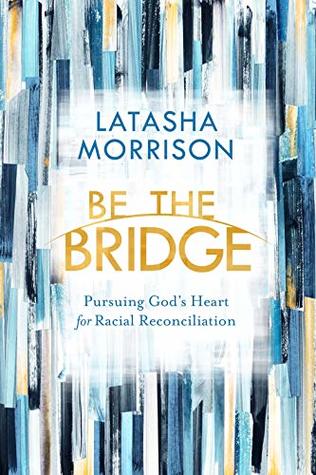More on this book
Community
Kindle Notes & Highlights
Read between
June 1 - August 10, 2020
Jesus’s final prayer was oriented around a vision for unity, and he commissioned his church to be the healing agent that brings the ministry of reconciliation into broken and fractured places in society.
When we lack historical understanding, we lose part of our identity. We don’t know where we came from and don’t know what there is to celebrate or lament. Likewise, without knowing our history, it can be difficult to know what needs repairing, what needs reconciling.
The truth is that it takes every tribe, tongue, and nation to reflect the image of God in his fullness.
To lament means to express sorrow or regret. Lamenting something horrific that has taken place allows a deep connection to form between the person lamenting and the harm that was done, and that emotional connection is the first step in creating a pathway for healing and hope. We have to sit in the sorrow, avoid trying to fix it right away, avoid our attempts to make it all okay. Only then is the pain useful. Only then can it lead us into healing and wisdom.
What is the purpose of lament? It allows us to connect with and grieve the reality of our sin and suffering. It draws us to repentant connection with God in that suffering. Lament also serves as an effort to change God’s mind, to ask him to turn things around in our favor. Lament seeks God as comforter, healer, restorer, and redeemer. Somehow the act of lament reconnects us with God and leads us to hope and redemption.
Confession requires awareness of our sin, acknowledgment of it, and the desire to move past the shame and guilt, but those aren’t the only conditions for confession. Confession also requires great humility and deep vulnerability.
Reconciliation requires truth telling and empathy and tears. It requires changed perspectives and changing directions (also known as repentance). But ultimately, that change of direction requires righting the wrongs perpetrated.
The aim of reconciliation, whether marital or racial, is the restoration of relationship. And I don’t just mean individual relationships; I also mean healing of communal relationships and societal connections fractured by government abuses, systems of oppression, and systems of structural privilege.
So many people grow frustrated as they pursue the process of healing broken relationships—frustrated the perpetrators won’t admit their wrongs, frustrated those offended won’t extend forgiveness. And as a result, many give up before they reach the ultimate goal of the bridge builder: full, complete, and total relational restoration. But when everyone commits to the process, amazing things can happen. Through restoring proper and equitable relationships, we begin to build a future together.
We don’t necessarily need to have the answer when we’re engaged in the process of bridge building. We don’t always need to know how every wrong will be righted and every system fixed. In fact, we’ll often find that the process goes more smoothly when we confess we don’t have the answers but are willing to seek them together. We begin with a willingness to do the hard work of reconciliation, the work Jesus modeled. We begin by making space for one another, making space for restoration. And if we do it right, we do it all in love.
Jesus Christ showed us the way to love and live—and it was shocking: he chose to lay down his power and privilege and, in the end, his life for the good of others. He isn’t just our Savior; he is our example.


